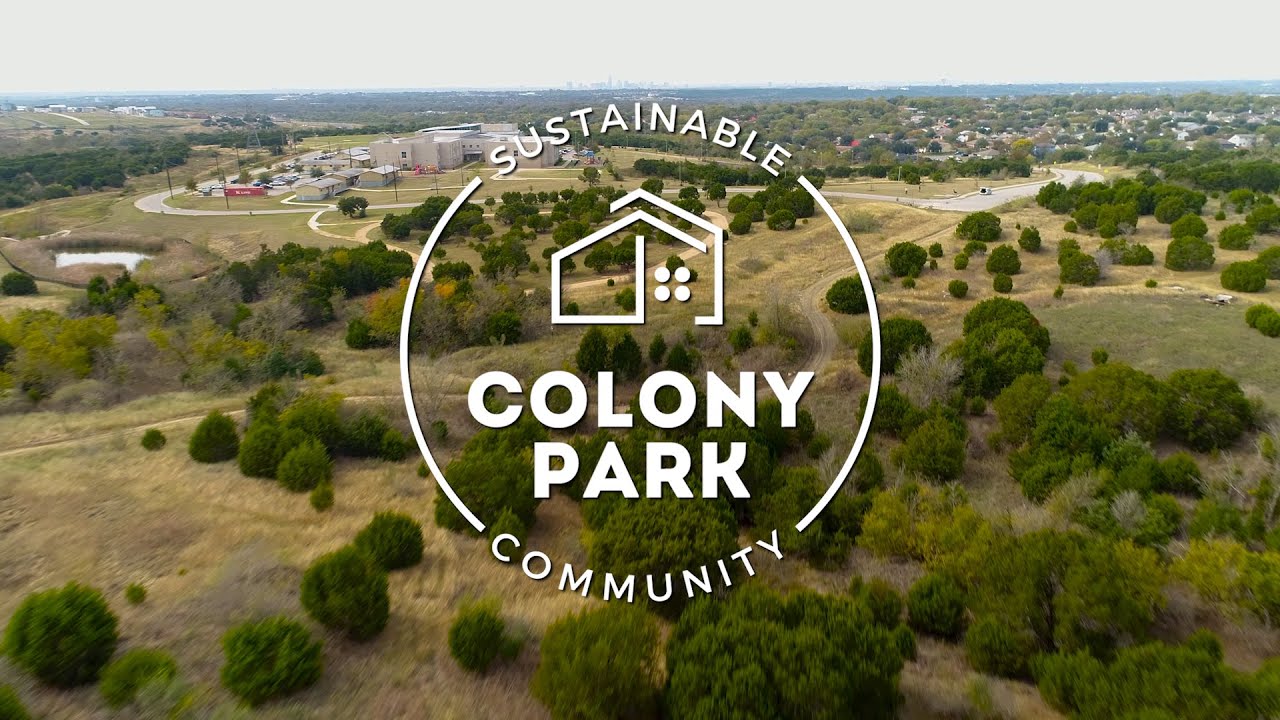Catellus Development Corp., the California-based firm renowned for its involvement in the expansive 700-acre Mueller community, is pushing for significant zoning changes to pave the way for the Colony Park Sustainable Community. The developer is currently in the process of seeking approval from City Hall to amend the existing planned unit development, or PUD, zoning for Colony Park. This modification aims to permit increased density on the site. This ambitious project seeks to transform 208 acres of city-owned land nestled along Austin’s Eastern Crescent, on the far east side, into a sustainable and vibrant community.
Colony Park Sustainable Community (CPSC) initiative is led jointly by the City of Austin and the local community. The proposed zoning changes are instrumental in reshaping the existing planned unit development (PUD) zoning for Colony Park, allowing for greater density and unlocking the potential for substantial growth. This alteration, once approved by City Hall, will empower the developer to construct 2,000 to 3,000 new housing units and allocate over 41 acres for parks and open spaces in the vicinity. The project’s location, just west of Lake Walter E. Long near Decker and Loyola lanes, makes it a strategic development, being less than 10 miles north of Tesla Inc.’s gigafactory.
The exact composition of these housing units remains under consideration, with questions surrounding the proportion of multifamily and single-family units, as well as rental and for-sale properties. Alongside the residential expansion, plans encompass the creation of 230,000 square feet of commercial space, featuring 125,000 square feet dedicated to retail. This monumental undertaking is estimated to generate 2,900 construction jobs and provide 1,200 permanent positions, offering a substantial economic boost to the region.
Cost of the Colony Park Sustainable Community Project
The project’s price tag is approximately $257 million, according to city documents. When completed, it is anticipated to yield $780 million in taxes for the city, significantly contributing to the local. To address the community’s needs and to promote inclusivity, 20% of the development’s units are earmarked to be income-restricted. For leasable units, a cap of 60% of the area’s median family income is proposed, while units for sale are capped at 80% of the median family income.
Read also: Halfmoon approves zoning for 146 Marketplace: A Resort-Style Community
The Colony Park Sustainable Community project received a significant boost in November 2022 when the city established a Tax Increment Reinvestment Zone (TIRZ) for the site. This TIRZ enables property tax revenue from the area to be reinvested into the development, facilitating financial support for the redevelopment costs. Over half of the improvement costs are expected to be covered by the recapture of a projected $155 million in land sale revenue. The remaining $102 million will come from various sources, including city participation in tax increment financing, the Capital Improvement Program, a potential $5 million from an affordable housing bond package, and a developer-administered public improvement district. Approximately 381 income-restricted dwellings are anticipated as part of this project.
The project’s roots trace back to December 2014 when the Austin City Council adopted the Colony Park Master Plan and Planned Unit Development (PUD) zoning district. The subsequent partnership with Catellus Development Corporation in May 2020 marked a significant milestone in turning this vision into a reality. Together with the community, the City of Austin and Catellus are actively engaged in crafting a Master Development Agreement that aligns with the Colony Park Sustainable Community Master Plan, promising a brighter future for District 1 and all of Austin.

Leave a Reply